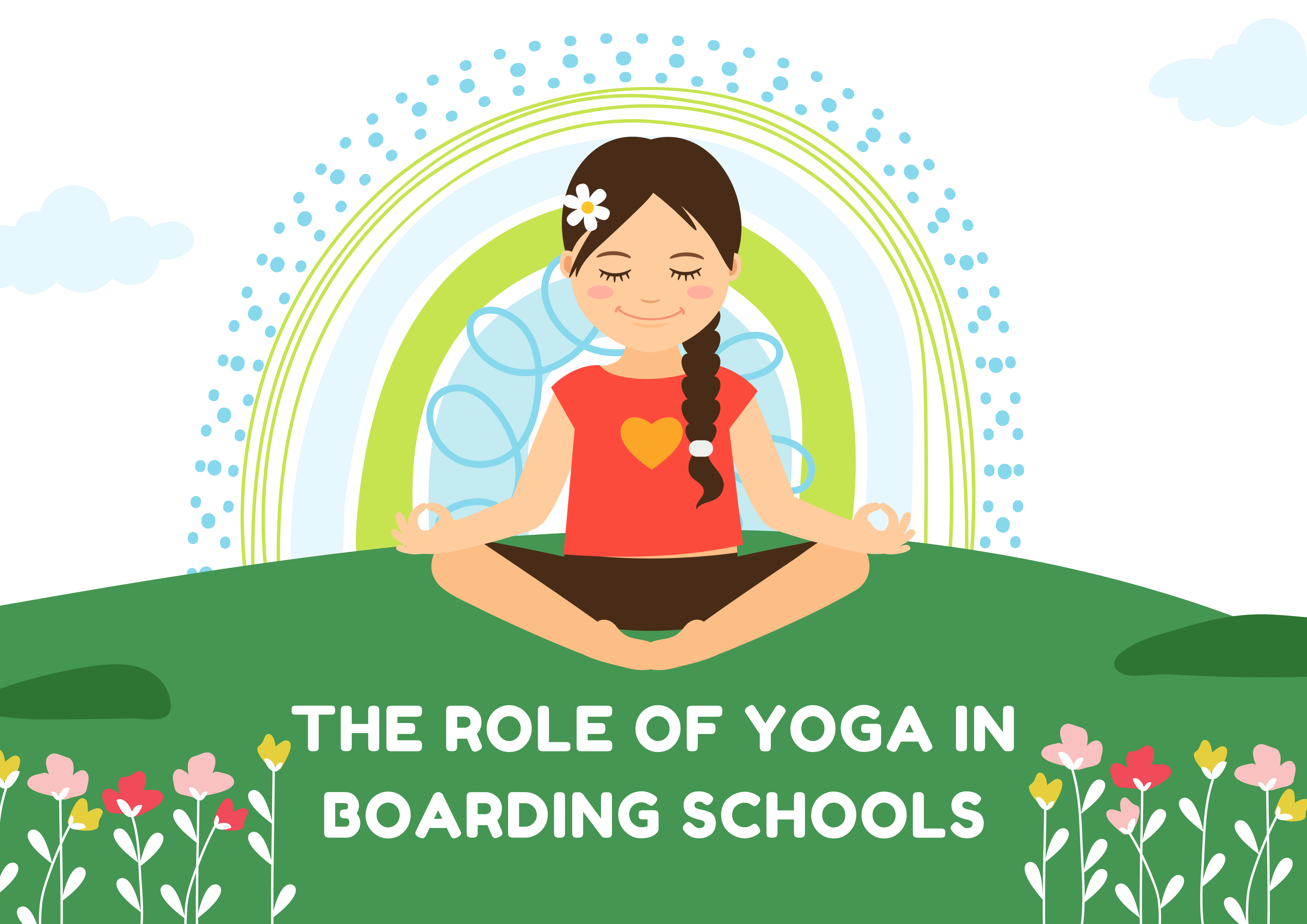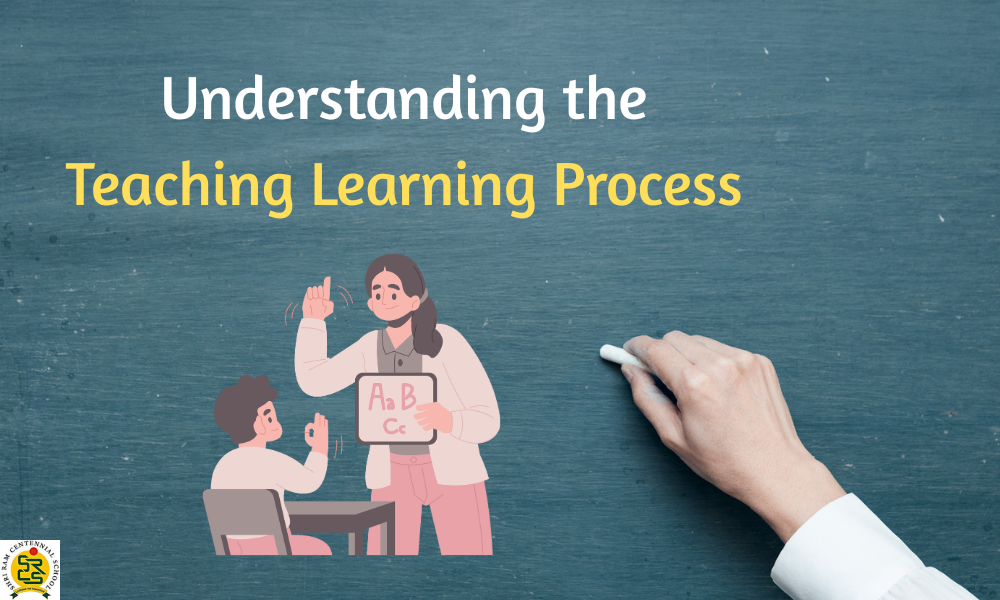In today’s fast-paced academic environment, students face mounting pressure to excel in studies, extracurricular activities, and social interactions.
This constant stress can lead to anxiety, reduced focus, and physical health concerns.
One holistic approach that has gained prominence in schools worldwide is yoga. By integrating yoga in schools, educational institutions can significantly enhance students’ physical, mental, and emotional well-being.
Why Yoga in Schools Matters?

School students spend long hours sitting in classrooms, followed by additional study sessions at home. This sedentary lifestyle can lead to poor posture, stress, and reduced concentration.
The situation becomes even more pronounced in boarding schools in Dehradun, where students are constantly engaged in academic and extracurricular activities with limited family interaction.
Yoga in schools serves as a powerful tool to balance their physical and mental health, fostering mindfulness, resilience, and inner peace.
Key Benefits of Yoga for School Students

1. Reduces Stress and Anxiety
The pressure to perform academically and socially can be overwhelming for students. Regular yoga practice promotes relaxation by calming the nervous system, reducing stress, and alleviating anxiety. Techniques like deep breathing and meditation help students develop emotional resilience.
2. Enhances Concentration and Memory
Yoga improves blood circulation to the brain, which boosts cognitive functions such as memory, focus, and problem-solving skills. This is particularly beneficial for students dealing with distractions, attention disorders, or exam stress.
3. Promotes Physical Fitness and Posture Correction
Long hours of studying and excessive screen time can lead to poor posture and decreased flexibility. Yoga strengthens the spine, improves body alignment, and enhances muscle flexibility. Asanas like Tadasana (Mountain Pose) and Bhujangasana (Cobra Pose) help correct postural imbalances.
4. Encourages Self-Discipline and Self-Control
Yoga in schools instills discipline by teaching students how to regulate their emotions and responses to challenging situations. Through controlled breathing exercises, students learn self-restraint, patience, and mindfulness—key qualities that aid in academic and personal development.
5. Helps in Weight Management and Prevents Obesity
The modern lifestyle, filled with unhealthy eating habits and limited physical activity, has led to a rise in childhood obesity. Yoga in schools provides a gentle yet effective way to burn calories, improve metabolism, and maintain a healthy weight without the risk of injury.
6. Boosts Confidence and Self-Esteem
Yoga helps students develop a deep sense of self-awareness and self-acceptance. By achieving physical and mental milestones through regular practice, they gain confidence in their abilities, fostering a positive self-image.
7. Enhances Social and Emotional Well-being
Yoga teaches compassion, empathy, and respect for others. In a school setting, group yoga sessions create a sense of community, encouraging positive social interactions and reducing instances of bullying.
8. Improves Sleep Quality
Many students struggle with irregular sleep patterns due to academic pressure and excessive screen exposure. Practicing yoga before bedtime helps relax the mind and body, leading to deeper, more restful sleep.
Integrating Yoga into School Curriculum

Many forward-thinking educational institutions, including Shri Ram Centennial School Dehradun, have incorporated yoga into their curriculum to support students’ holistic development. Here’s how schools can effectively implement yoga:
- Daily Morning Sessions: Starting the day with a short yoga session helps students feel energized and focused.
- Mindfulness Breaks: Short breathing exercises between classes can reduce stress and enhance concentration.
- Incorporating Yoga in Physical Education: Schools can integrate yoga into PE sessions, making it a regular fitness routine.
- Workshops and Awareness Programs: Educating students about the long-term benefits of yoga encourages active participation.
Conclusion
The benefits of yoga in schools extend beyond physical fitness; it is a life skill that promotes mental clarity, emotional stability, and overall well-being.
By adopting yoga as a regular practice, schools can create a healthier, more balanced learning environment where students thrive academically and personally.
Institutions like Shri Ram Centennial School Dehradun are leading the way in ensuring that students grow into well-rounded individuals prepared for future challenges.
As schools continue to evolve in their teaching methodologies, integrating yoga is a step toward nurturing a generation that is not only intellectually competent but also mentally and physically strong.










